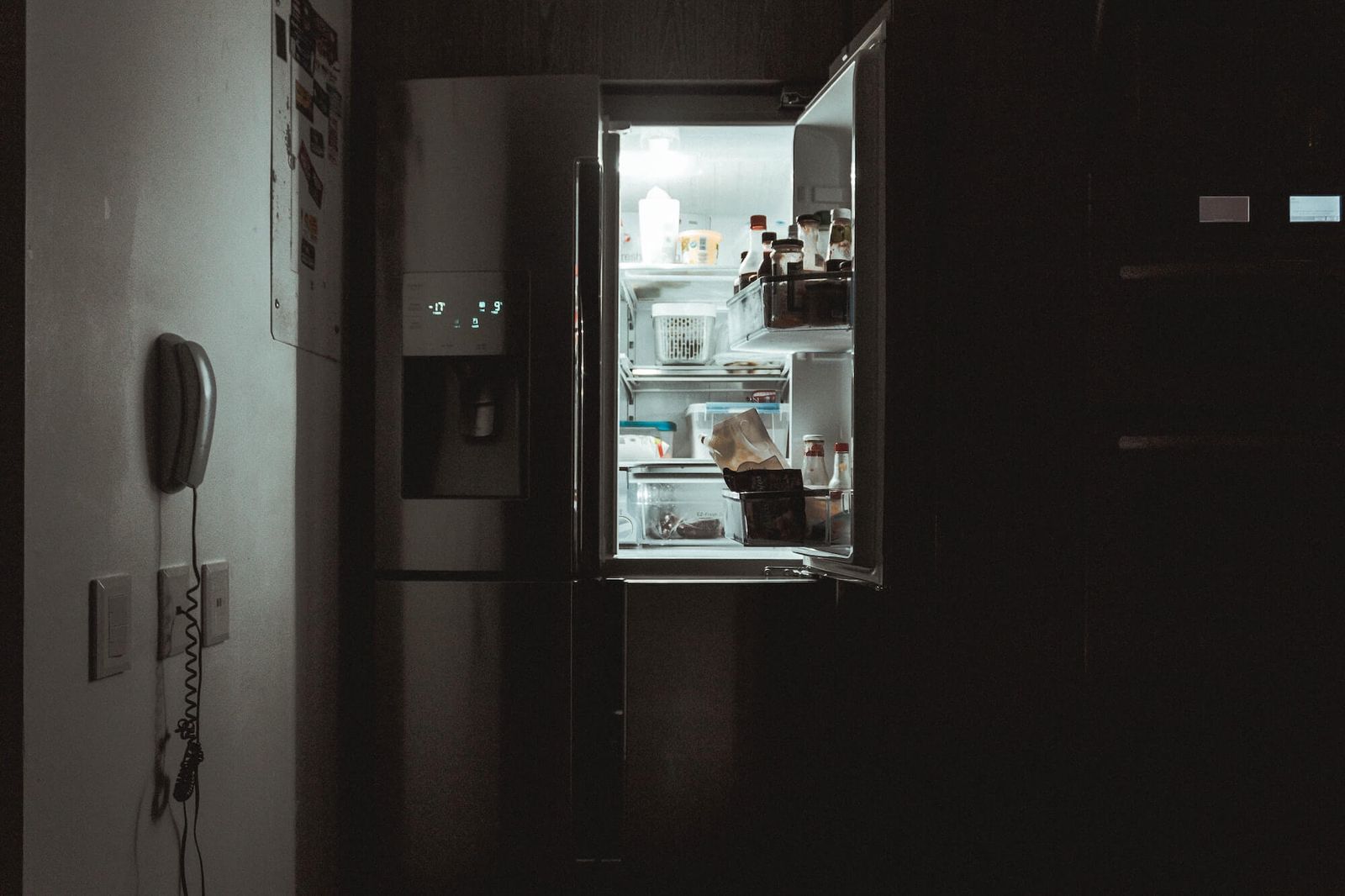A refrigerator thermometer might seem like a simple device, but it's a game-changer in the culinary world. This small investment can significantly impact the efficiency of your kitchen and the safety of the food you consume.
Table of Contents
- Benefits of Using a Refrigerator Thermometer
- How to Use and Place a Refrigerator Thermometer
- Maintenance and Troubleshooting
Benefits of Using a Refrigerator Thermometer
Here's why every kitchen enthusiast should consider having one:
- Ensures Food Safety: The "danger zone" for bacterial growth lies between 40°F and 140°F. 8A refrigerator thermometer can confidently maintain temperatures below 40°F, ensuring your food remains safe from harmful bacteria.
- Preserves Food Freshness: The right temperature is crucial for food longevity. A refrigerator thermometer ensures your food neither spoils from warmth nor freezes unexpectedly, preserving its natural texture and taste.
- Economic Benefits: A consistent temperature means less food wastage. By reducing the chances of premature spoiling, you save both food and money.
- User-Friendly: No expertise is required! Whether you're a cooking novice or a seasoned chef, using a refrigerator thermometer is a breeze. Modern designs even offer quick-glance temperature displays.
- Troubleshooting Made Easy: Facing fridge issues? Your thermometer can be the first step in diagnosing problems, be it adjusting settings or checking the thermostat.
How to Use and Place a Refrigerator Thermometer
Proper Placement for Accurate Readings:
- Central Placement: Positioning the thermometer in the center of the refrigerator compartment ensures it's away from external influences, like the heat from the door or the direct cold from the cooling element. This central spot gives a more accurate representation of the overall temperature.
- Avoid Door Shelves: The door is the warmest part of the fridge due to its frequent opening and closing. Avoid placing the thermometer here for regular monitoring.
- Consider Multiple Thermometers: For large refrigerators or those with multiple compartments, consider using more than one thermometer to ensure consistent temperatures throughout.
How Often to Check the Temperature:
- Daily Checks: A quick daily glance can help you catch any significant temperature fluctuations.
- Post-Adjustment Monitoring: After making any adjustments to the refrigerator settings, monitor the temperature closely for the next 24-48 hours to ensure it stabilizes.
Adjusting Refrigerator Settings Based on Readings:
- Small Adjustments: Make small adjustments to the thermostat settings. Drastic changes can cause more harm than good.
- Monitor After Grocery Shopping: Adding a large amount of new items, especially warm groceries, can affect the internal temperature. Check more frequently after a big shopping trip.
Maintenance and Troubleshooting:
Cleaning the Thermometer:
- Regular Cleaning: Dust and grime can affect the thermometer's accuracy. Wipe it down with a damp cloth at least once a month.
- Avoid Water Damage: Especially for digital models, ensure no water seeps into the device. Use a slightly damp cloth rather than a wet one.
Battery Replacement for Digital Models:
- Signs of Low Battery: Apart from a dimming display, other signs like inconsistent readings or a flickering screen can indicate a low battery.
- Opt for Quality Batteries: High-quality batteries tend to last longer and provide consistent power, ensuring the thermometer's accuracy.
What to Do if Readings are Consistently Off:
- Calibration: Some thermometers allow for manual recalibration. This can be done using a known temperature source, like an ice water bath.
- Consider Replacement: If recalibration doesn't work or if the thermometer is old, it might be time for a replacement. Modern thermometers tend to be more accurate and come with additional features.
A refrigerator thermometer is more than just a temperature-measuring tool. It's an essential companion for food safety, savings, and overall kitchen efficiency. If it's not part of your kitchen toolkit yet, it's high time to get one!
Thanks for reading!
Further Reading
- If you're looking for detailed recommendations on the best thermometers for your fridge, don't miss our article on the 'Best Thermometer for Refrigerator: Top 5 Picks To Ensure It's Cold.'
- For a comprehensive guide on the relationship between refrigeration and food safety, I highly recommend reading the article 'Refrigeration & Food Safety' by the USDA Food Safety and Inspection Service.



